Upon her death in December 1926, Miss Virginia Reed left a comparatively sizable estate for a woman who had never married, who was not an heiress, and who had never engaged in a skilled profession. Out of her estate valued at just shy of $13,000.00, Miss Reed left generous bequests to friends and neighbors; to her parish church, Saint Katherine’s on Tulane Avenue; to Saint Augustine’s Seminary for Colored Boys at Bay St. Louis; and to her friend, Sister M. Clare (Bringier) of the Holy Family. The balance of her estate she left to the Sisters of the Holy Family in general, and for several of their specific ministries: Saint John Berchmans Girls’ Asylum, Lafon Old Folks’ Home, and the Lafon Boys’ Home.
Virginia Whaley Reed was a generous benefactor and a faithful member of her parish church, yet her story is a far cry from that of Thomy Lafon, the stately bachelor-millionaire, or that of Katharine Drexel, the heiress-turned-missionary. Virginia’s life story is tied to race and sex in the South, a theme which extended over her life from the very beginning, and yet it is also a testament to her industry and good business sense. Her life story may well have remained a mystery, if not for the sensational press coverage surrounding her over the winter of 1907-1908.
Virginia’s mother, Georgia Campbell, was born during the days of slavery to an owner named James Glynn, just outside of Charleston, South Carolina. At about the age of eleven, she was given, in keeping with her owner’s wishes, to Ignatius Aloysius Reynolds, the Bishop of Charleston. She remained a servant in the Bishop’s household until his death in 1855. Georgia had a series of other owners until the Civil War. In 1859, she gave birth to Virginia, whose father was a sea captain from Rhode Island, Captain Christopher Whaley. Following the War, Captain Whaley, according to Georgia, left for Havana in order to regain his health. Prior to his departure, Georgia recounted him saying, “I am going away and I may never see you again. I want you to take this money and bury it so that no one can steal it. Don’t trust the banks. Bury it and then you will have it, if I was gone.” Georgia reported later learning of his death at sea en route back to the United States from Cuba. [Subsequent research on the part of the present author indicates that while Whaley did frequently travel to Havana, he did not die there but returned home to his family in Rhode Island.]
Georgia and her young daughter lived with and worked for Patrick J. Coogan, the assessor and later city treasurer of Charleston. They remained with Mr. and Mrs. Coogan, until their deaths in 1875 and 1874, respectively. Subsequently, they entered the employ of Andrew Simmons, president of the First National Bank of Charleston. The next incident in her life, Virginia recounted succinctly, “I lived there several years and then a terrible thing happened. He moved me to a private residence and visited me there. He was like a father to me. He was liberal and gave me money. I had about $8,000 before coming to New Orleans.” This “terrible” experience was not at all uncommon. Despite the generous nature of Simmons, the power dynamic then in place, gave her limited choice in the matter. Virginia’s acceptance of his “visits” was a matter of survival.
In 1881, Virginia moved to New Orleans with her mother. She settled in a home at what was then 20 Villere Street at the corner of Canal Street. On 29 July 1882, she gave birth to a son, Alonzo C. Reed, whose father was a prominent white gentleman. This son, to whom Virginia was devoted, died at an early age on 11 May 1898.
Soon thereafter, Virginia purchased an eight-room home at Gasquet (now Cleveland) and Robertson streets where she maintained a boarding house and took in laundry. George Geddes, a prominent colored undertaker, later declared that he had known her since 1882 and was a member of a relief society to which she also belonged. Geddes found her to be an “industrious woman” who had “advanced money liberally for the work of the society.”
In 1889, she met a man eight years her senior who frequented a home at the corner opposite hers. One day, the gentleman encountered her on Canal Street near Tchoupitoulas and asked if he might “become her friend.” The man presented himself as Charles Lloyd of Norfolk, Virginia. He was in the cotton business, so he said, and looked after a wealthy aunt to whom he was much devoted.
Thus, their relationship began and continued over the course of eighteen years from 1889 to 1907. In the afternoons after leaving his office, Mr. Lloyd would often visit Virginia, usually staying an hour-and-a-half. Sometimes he stayed much later or spent the night. He later said that “while under her spell, he was her devoted slave.” He continued, “While seated in a chair she would come up behind me, and passing her hands gently over my head would thrill me with new emotion. I would feel myself gradually losing my self-control and finally I would give way to her will entirely.” Virginia and her mother ultimately purchased a large home at 823 Saint Louis Street, where she conducted an even larger boarding house. Charles and Virginia’s relationship continued there. “Where she lives now was not always as frequented as it is,” he recalled, “I was not afraid of being seen. You know how a man is when he does those things. He does not think of being seen.”
They enjoyed a close relationship. From time to time, Charles Lloyd would give Virginia small sums such as five, ten, or fifteen dollars. At Christmas and her birthday, he would always give her one hundred dollars. Virginia admired his devotion to his aunt and would buy her sweets and pretty gifts for him to take to her. Virginia purchased his shirts and his underwear for him. He would often supply the house with groceries and spirits. He sent her beautiful letters from time to time expressing his love and devotion. He called her mother “Mother,” and was kind to her friends and servants. Over their nearly two decades together, he presented her with a total of ten pieces of jewelry: three bracelets, three pins, a seal ring, and three large diamond rings.
In September 1907, it was uncovered that a sum which totaled approximately $116,000 had been embezzled from the office of First District Assessor John Fitzpatrick. It was at that time when it was revealed that there was no cotton broker named Charles Lloyd. The man whom Virginia Reed had known for eighteen years as Charles Lloyd was in actuality Charles E. Letten, a clerk in Assessor Fitzpatrick’s office. Letten was the father of three sons and had been married for thirteen years when he began his association with Virginia. While reporters and investigators immediately began interrogating Virginia and her mother, Letten disappeared and was believed to have gone to Mobile.
Having read of his improprieties in the papers and thinking of the shame brought upon his wife and family, Virginia tried on the morning of 13 September 1907 to drown herself in the Bayou Saint John. In a despondent state, she was rescued by a passerby and conveyed to the nearest police station. Her thoughts were entirely focused on Mrs. Letten: “I tried to shield his wife … I know that no one will believe me when I say that my heart was pierced because of the terrible disgrace he had brought down upon her. I tried to shield her from further disgrace, so I burned the letters. I tried to die for her. I felt for her every minute and I tried to blot out the shame by drowning myself.” Charles Letten had a similar notion and on the same day, he was located and arrested just as he prepared to plunge into the Mississippi River.
In the ensuing court case, Virginia’s assets were frozen and an attempt was made at seizing them in repayment for Letten’s theft. The court and the city papers all digested the details of Virginia Reed’s life and relationship with Letten sensationally. They showed a concern with moralizing on an interracial affair just as much they sought to cover the embezzlement of public funds.
Letten never denied his affection for Virginia and as noted above, seemed mesmerized by her charms: “When I was with her I was affected so that I felt impelled to stay with her on and on. She had to send me away at times because I would not go otherwise. I cannot describe the influence she had over me. I cannot tell what my sensation was, except that it seemed like a great octopus pulling me. … I could not resist her.”
Letten, perhaps hoping to gain clemency in light of being “vamped,” or even “entranced,” by a “mulatress,” claimed that nearly all of what he had taken was given to Virginia Reed. In her testimony and that of her associates, as well as from her business ledgers, Virginia was able to prove a record of industry and thrift. She saved much of her earnings from letting out furnished rooms and invested in stock and real estate. She owned several properties in Baton Rouge and New Orleans.
Ultimately, in the early summer of 1908, Charles Letten pleaded guilty and was sentenced to seven years in the State Penitentiary. Given his undisputed record as one of the best bookkeepers and clerks in the state, he was given tasks of a clerical nature during his prison term.
Virginia Whaley Reed survived another twenty-odd years, passing away in her home at 823 Saint Louis Street on 15 December 1926. She was sixty-seven years of age. She is interred in Greenwood Cemetery alongside her son and her mother. Charles E. Letten died a year later on 25 December 1927. He is interred in Greenwood Cemetery as well, just a few paces from Virginia Reed, the industrious mulatress benefactor whom he had loved yet deceived.
Sources: Daily Picayune, 13 September 1907, page 1; 14 September 1907, pages 1, 14; 29 April 1908, page 4; 30 April 1908, page 11; 17 June 1908, page 4; 16 December 1926, page 2. Times Democrat, 30 April 1908. Succession of Virginia Reed, No. 166503, Civil District Court. – The photograph of 823 St. Louis Street in by photographer Daniel S. Leyrer and is from The Historic New Orleans Collection. It is accessible via the Collins C. Diboll Vieux Carre Digital Survey.
Jari Honora
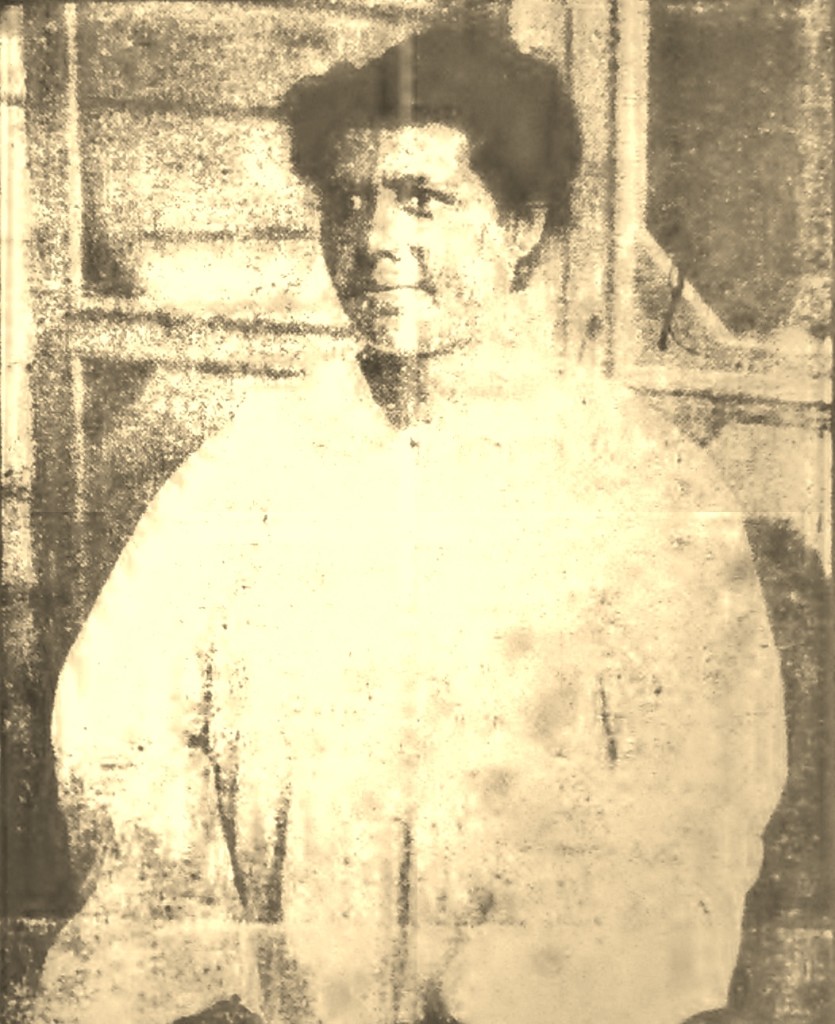
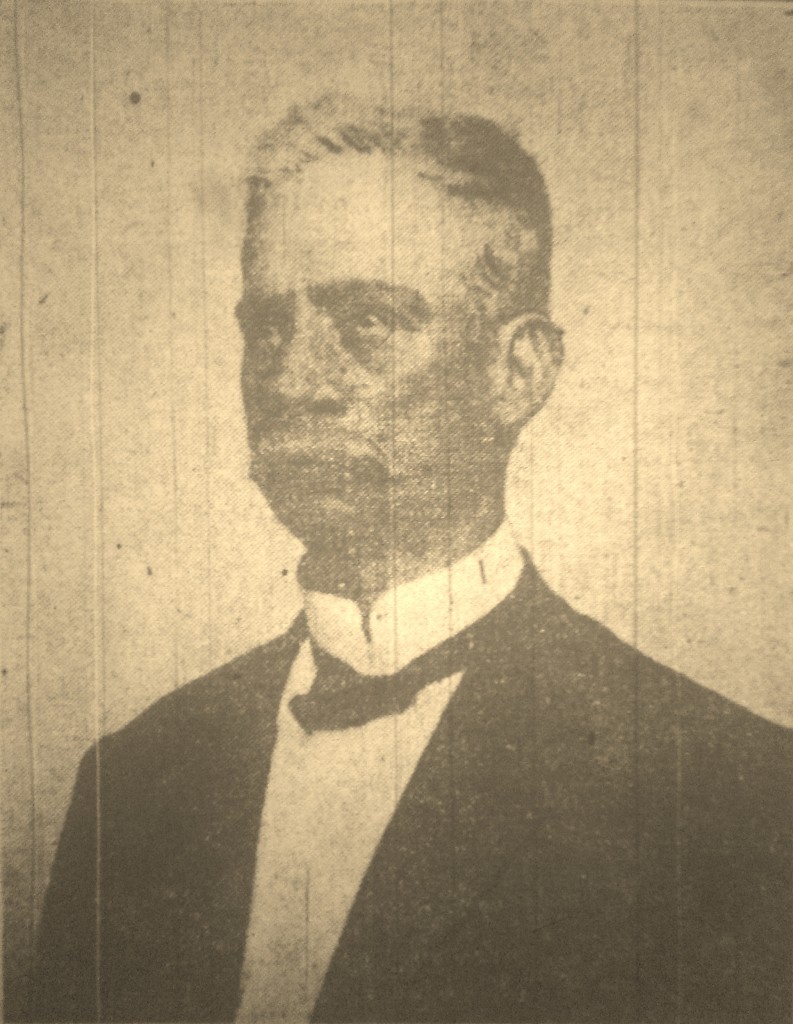
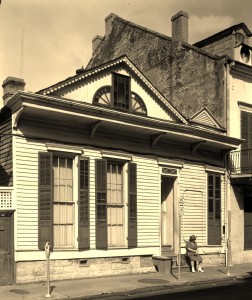

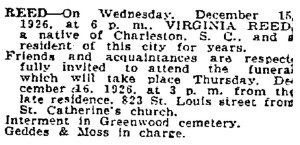
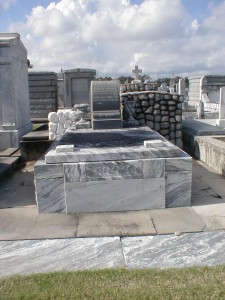



Fascinating history.
Nice story of romance and race which permeated New Orleans culture In antiquity and to this day.
Very interesting story.
Most interesting…………..
IS Former U.S. ATTORNEY JIM LETTEN RELATED TO CHARLES E.LETTEN?
Thank – you Jari for another great piece of history.
The history at Creolegen is always of excellent value.
Wondering where the Reed surname came from.
Virginia adopted the name Reed after her relationship with Alonzo Reed.
I wonder if Letten is a relative of the former US Attorney, Jim Letten?
Look at the photograph of Charles Letten and former US Attorney Jim Letten, a very close resemblance.!!!
That would be a resounding YES…he was his great-grandfather…Charles Letten’s mother’s name is “unknown”…very odd for a white family to not acknowledge a mother in birth records. He wasn’t from Virginia either but his father was born in France. Charles Emile Letten’s family tree is online.
Yes, he does!!
I’m glad Virginia didn’t have to pay for Charles’ crimes.